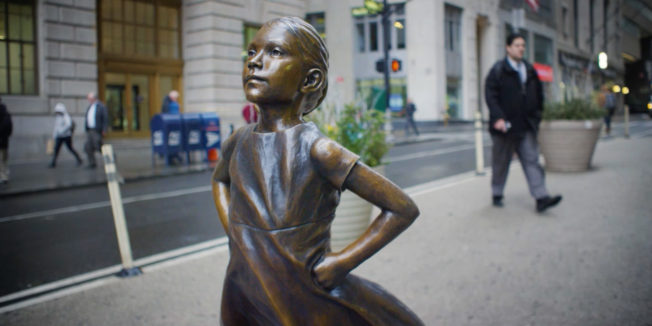Inspiration meets innovation at Brandweek, the ultimate marketing experience. Join industry luminaries, rising talent and strategic experts in Phoenix, Arizona this September 23–26 to assess challenges, develop solutions and create new pathways for growth. Register early to save.
It’s been three days since McCann New York and its client State Street Global Advisors, under the cover of darkness, dropped a statue called “The Fearless Girl” into Bowling Green Park in lower Manhattan.
Staring down the 28-year-old Wall Street “Charging Bull” statue, she’s a potent symbol of female leadership in business, and of the need for companies everywhere to get more women on their boards and into other powerful positions—for reasons not just symbolic but practical, as companies with gender-diverse leaders simply perform better financially.
The

WORK SMARTER - LEARN, GROW AND BE INSPIRED.
Subscribe today!
To Read the Full Story Become an Adweek+ Subscriber
Already a member? Sign in

